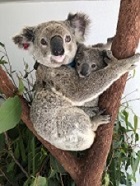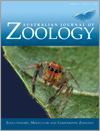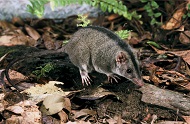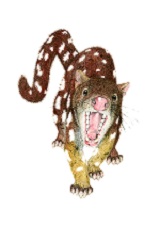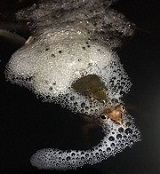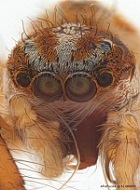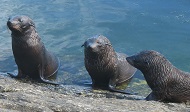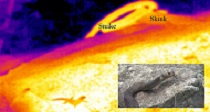Australian Journal of Zoology
Volume 67
Number 3 2019
Current survey methods to determine koala populations, using their scats, are problematic due to lack of either accuracy or feasibility. We developed a new koala scat survey method (BKSS) that is a significant improvement on survey accuracy. The application of BKSS is expected to greatly improve the reliability of koala scat surveys in determining koala distribution and thus improve their conservation management.
Photo by Joanne Loader.
The diversity of the dasyurid marsupial genus Murexia, endemic to the New Guinean region, appears to be greater than currently recognised. On the basis of morphological data and DNA sequences, our results suggest that at least three of the five species represent species groups. Some presently synonymised taxa may warrant reinstatement following further investigation of additional specimens.
Photo by P. A. Woolley and D. Walsh.
The behaviour of female spotted-tailed quolls and their young was studied with remote cameras at den sites. Females did not carry prey to their offspring and outside the den interaction between her and the young was minimal. Females remained largely nocturnal, but juveniles were initially diurnal after emerging from dens.
Image by Gerhard Körtner.
The sandpaper frog, Lechriodus fletcheri, lays its eggs within frothed mucous secretions. I provide details regarding this ovipositional mode, providing evidence that the spawn aerated by female parents is deliberately broken down by their embryos before hatching. This transition in spawn structure highlights the ability of embryos to modify their immediate environment to maintain optimal conditions.
Photo by John Gould.
Knowledge of the biology of the charismatic Australian jumping spiders is limited. This study found that the evolution of new genera in Australia, South America and the Northern Hemisphere followed, in each case, the local pattern of mid-Tertiary climate changes. Further, the present Australian salticid fauna shows a successful diversity of many, often large, genera with radiations of species covering the entire range of Australian habitats, and probably can only adapt very slowly to modern continental climate change.
Photo by B. J. Richardson.
Long-nosed fur seals (Arctocephalus forsteri) tagged as pups on Kangaroo Island, South Australia, were recorded on the southern Australian coast between Sydney and Head of Bight. They were aged from 9 months to 14 years 6 months, and most moved eastwards. Genetic interchange between breeding colonies is suggested by sightings of tagged females 4 years and older at non-natal colonies.
Photo by P. D. Shaughnessy.
Non-avian reptiles show only basic forms of sociality and parental care in relation to other animals such as mammals and birds. Aggressive behaviour towards predators by such reptiles is rarely observed. Our study has observed adult Cunningham’s skinks attacking large eastern brown snakes, demonstrating that parental care can possibly be more sophisticated than previously thought for lizards.
